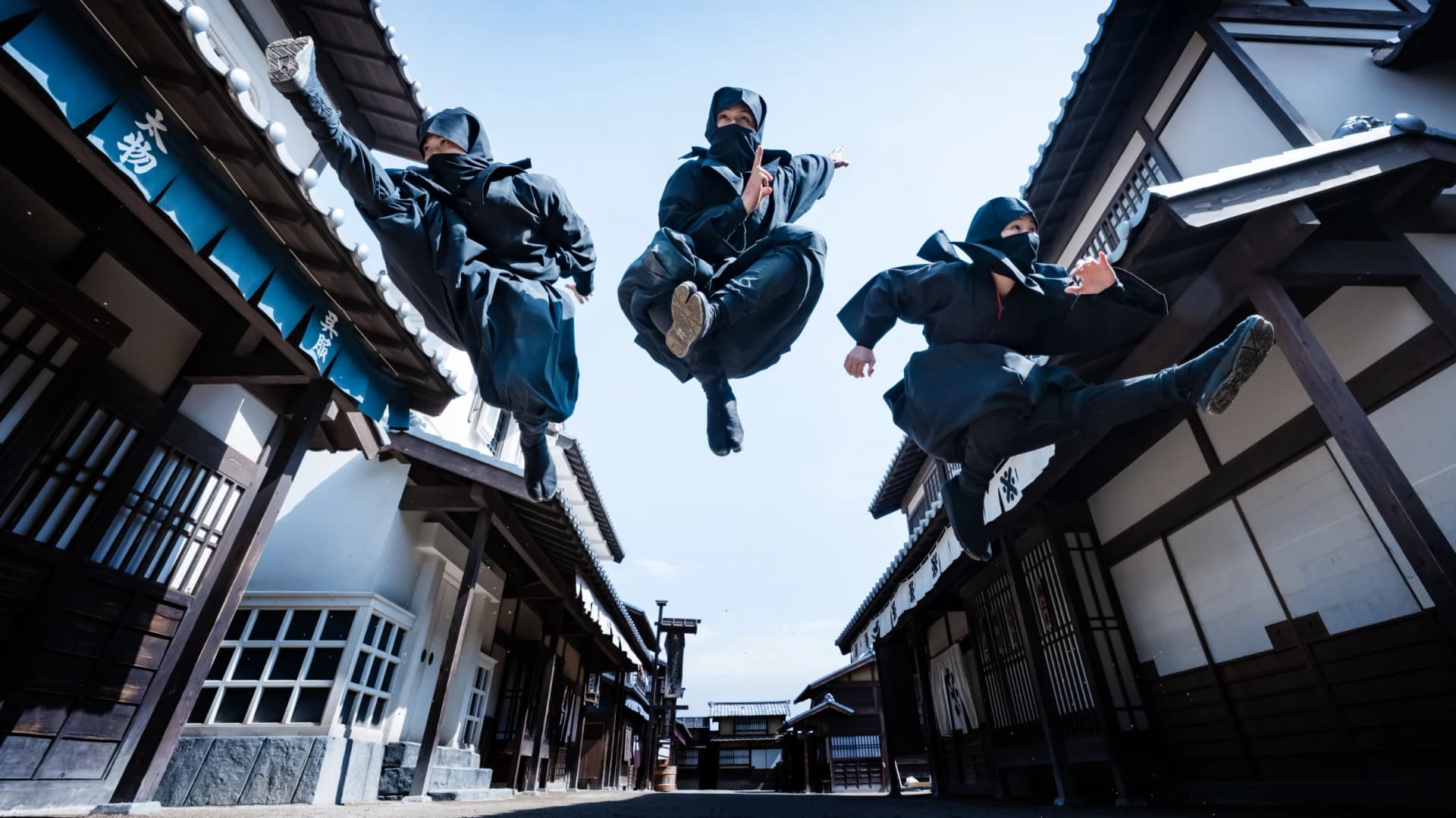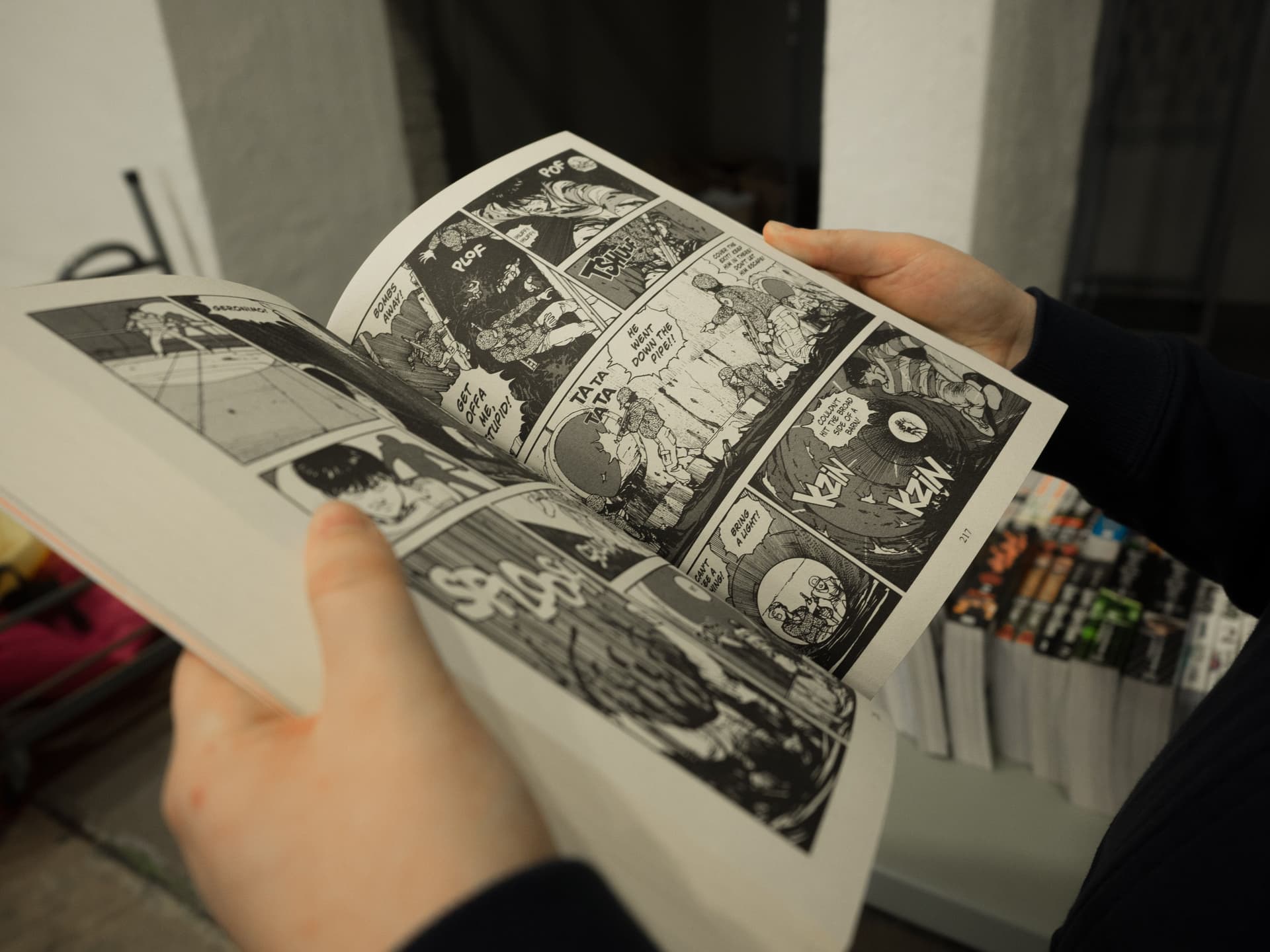

By Dick Thomas Johnson - https://www.flickr.com/photos/31029865@N06/52478865766/, CC BY 2.0, Link
Tsūtenkaku
通天閣Tsūtenkaku is a tower located in Osaka, Japan, which is known for its iconic design and panoramic views of the city. The tower stands at 103 meters tall and was built in 1912, it was modeled after the Eiffel Tower in Paris. It was originally built as a symbol of Osaka's modernization and development.
The tower features an observation deck on the top floor, which offers visitors a 360-degree view of Osaka. It also has a small amusement park on the ground floor, which includes a small roller coaster and other rides.
Tsūtenkaku is also surrounded by a small park, which is a popular spot for locals to relax and enjoy the scenery. The tower is a popular tourist attraction and is considered a symbol of Osaka. It's also a great spot to visit at night, as the tower is illuminated and can be seen from many parts of the city.
Main Illumination Color
The tower undergoes a monthly transformation of colors, each one representing a different season or theme: January (Ice), February (Camellia), March (Peach), April (Cherry Blossom), May (New Leaves), June (Deep Green), July (Sky), August (Ocean), September (Gingko), October (Autumn Leaves), November (Cosmos), December (Fir Tree). This color change creates a visual spectacle and adds to the vibrant atmosphere of the area.
Grand Clock
The grand clock is a magnificent display of both historic and modern design elements. It boasts six classic analog clock faces and six digital seasonal clock faces. The seasonal clock faces change with the seasons, offering a visual representation of the changing weather: January - February (Snow), March - April (Cherry Blossom), May - June (Clovers), July - August (Sunflowers), September - October (Autumn Leaves), November - December (Stars)
Weather Forecast
The round illumination above the grand clock serves as a convenient way to predict tomorrow's weather. The display changes color depending on the forecasted weather conditions. A bright white light indicates clear weather, while an orange glow indicates cloudy skies. If the illumination is blue, it's a sure sign that rain is on the way.
At Hey Japan!, we strive to keep the places listed on our website as current as possible. However, it is important to note that location owners or management may make changes to their plans, including canceling events, altering opening times, or modifying admission requirements, without prior notice. To ensure that you have the most accurate information, we recommend checking official websites before visiting any location.
Last Updated:











